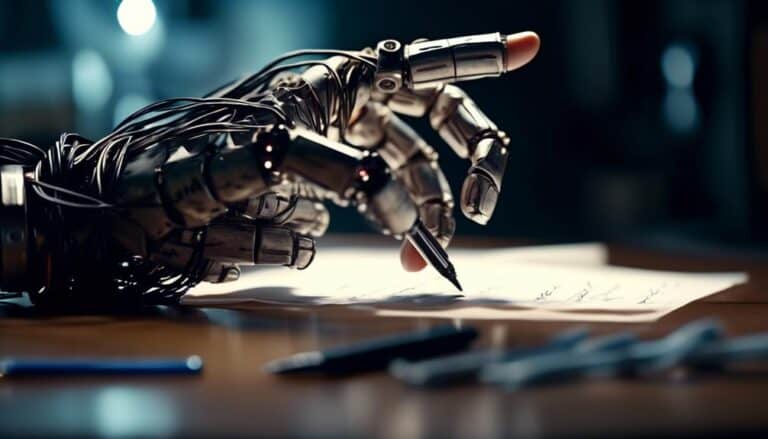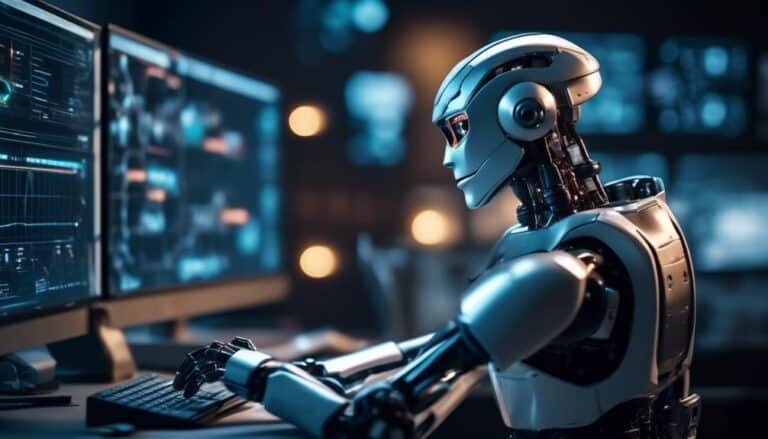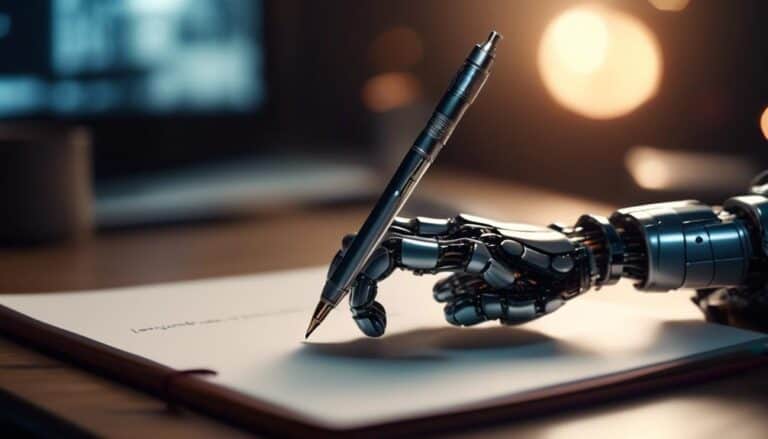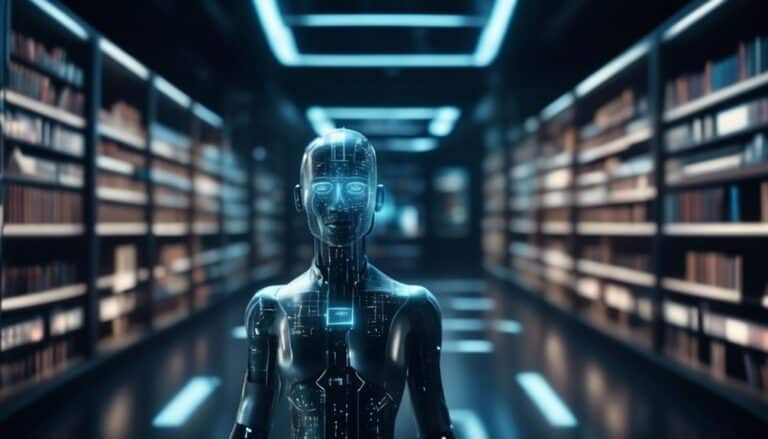Crossing the Line? Understanding Copyright Infringement With AI Tools
When it comes to navigating the intricate landscape of copyright infringement in the digital realm, AI tools can be likened to a sharp scalpel in the hands of a surgeon, capable of revealing hidden intricacies.
As you consider the ever-evolving role of artificial intelligence in detecting and combating copyright violations, a deeper understanding of the nuances involved unveils a complex web of challenges and ethical dilemmas that beg exploration.
Key Takeaways
- AI technologies have transformed copyright protection by enabling efficient identification of infringement and proactive safeguarding of creators' rights.
- AI tools for detecting copyright infringement, such as automated processes, pattern recognition, and digital fingerprinting, streamline the enforcement process and protect intellectual property.
- AI solutions for content protection automate detection, identify copyrighted material, and efficiently detect unauthorized use, mitigating risks for creators.
- Legal and ethical implications of AI detection in copyright protection highlight the need for regular accuracy assessments, adaptation of legal frameworks, addressing liability issues, and ensuring fairness, transparency, and accountability in enforcement.
The Impact of AI on Copyright

AI technologies have revolutionized the landscape of copyright protection and enforcement, reshaping the way intellectual property rights are managed and safeguarded. The implications of AI in copyright protection are profound, offering innovative solutions to the challenges faced by creators and rights holders. AI tools have enabled more efficient identification of copyright infringement, allowing for quicker detection and enforcement actions. By utilizing machine learning algorithms, AI systems can scan vast amounts of online content to pinpoint potential violations, providing copyright owners with a proactive approach to safeguarding their works.
Furthermore, AI's role in copyright protection extends beyond mere detection, as it also facilitates the management of licensing agreements and royalty payments. Through automated systems, rights holders can streamline the process of monitoring the usage of their copyrighted material and ensure proper compensation. This not only enhances the efficiency of copyright enforcement but also promotes fair compensation for creators in the digital age.
Detecting Copyright Infringement
Effective copyright enforcement necessitates a vigilant approach to identifying and addressing instances of unauthorized use or reproduction of protected works. AI algorithms have revolutionized the detection of copyright infringement by enabling automated processes that analyze vast amounts of data to pinpoint potential violations. These algorithms employ sophisticated techniques such as pattern recognition, text comparison, and digital fingerprinting to identify similarities between original content and potentially infringing material.
In particular, AI-powered plagiarism detection tools have become instrumental in identifying instances where copyrighted works have been used without proper authorization. By comparing text, images, or multimedia files against a database of known works, these tools can flag potential infringements for further review by copyright holders or legal professionals. The speed and accuracy of AI algorithms in detecting copyright infringement not only streamline the enforcement process but also help protect the rights of creators and content owners in an increasingly digital and interconnected world.
AI Tools for Content Protection
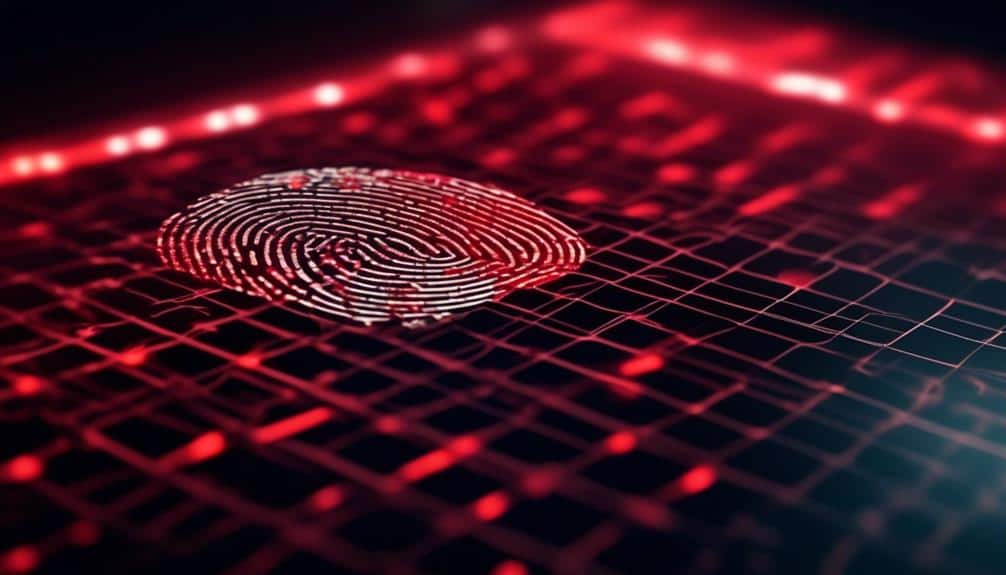
The evolution of copyright enforcement methods has necessitated a shift towards leveraging advanced technological tools for safeguarding content integrity and combating unauthorized use. AI algorithms have become instrumental in content protection by enabling efficient plagiarism detection and enhancing intellectual property safeguards. These AI tools utilize sophisticated content recognition mechanisms to monitor and identify instances of unauthorized use or duplication.
| AI Tools for Content Protection | |
|---|---|
| AI Algorithms | Efficient detection |
| Content Recognition | Identify duplication |
| Plagiarism Detection | Unauthorized use |
| Intellectual Property | Safeguards |
AI algorithms play a crucial role in automating the detection of copyright infringements by analyzing vast amounts of data with speed and accuracy. Content recognition technologies enable the identification of copyrighted material across various digital platforms, ensuring that intellectual property rights are upheld. Through the integration of AI tools for content protection, organizations can proactively safeguard their creations and mitigate the risks associated with unauthorized use.
Legal Implications of AI Detection
Utilizing AI detection tools in content monitoring can raise intricate legal considerations regarding copyright enforcement and intellectual property protection. When it comes to the legal implications of AI detection, it's crucial to understand the following:
- AI Detection Accuracy:
- AI tools aren't infallible and may sometimes misidentify content, leading to potential false accusations of copyright infringement.
- The accuracy of AI detection systems must be regularly assessed and improved to minimize the risk of erroneous enforcement actions.
- Copyright Law Updates:
- Legal frameworks need to adapt to the advancements in AI technology to ensure that copyright laws remain relevant and effective.
- Updates in copyright legislation should consider the implications of using AI tools for monitoring and enforcement purposes.
- Liability Issues:
- Questions may arise regarding the liability of individuals or organizations when AI detection tools are solely responsible for identifying potential infringements.
Preventing Copyright Violations
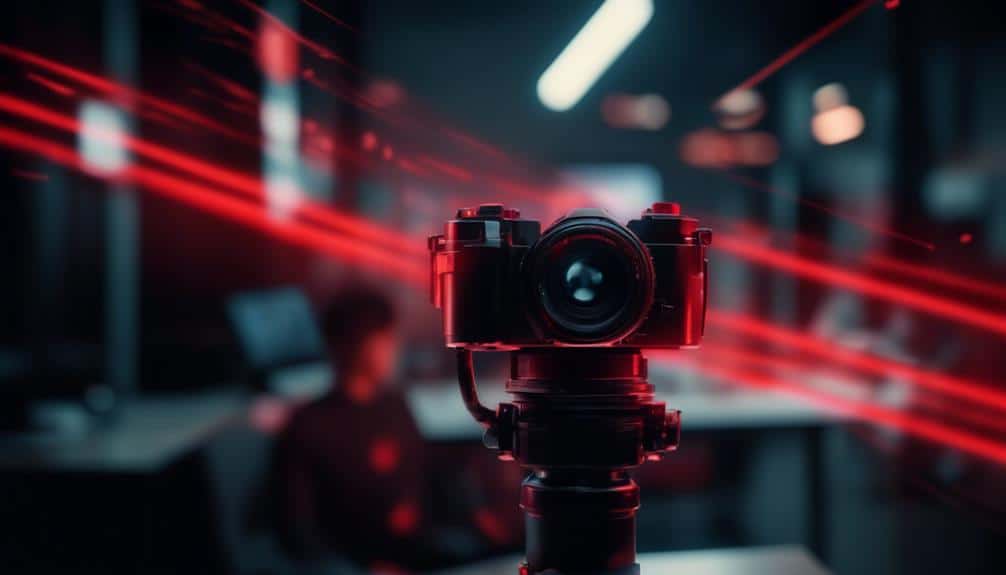
To deter copyright violations effectively, vigilance in monitoring content distribution channels is paramount. Preventing piracy through robust measures is crucial in safeguarding intellectual property. AI solutions play a pivotal role in this endeavor by offering efficient tools for detecting and preventing unauthorized use of copyrighted material.
Utilizing AI technology can significantly enhance the ability to identify instances of copyright infringement promptly. These tools can scan vast amounts of data across various platforms to pinpoint unauthorized use of copyrighted content. By implementing AI solutions, content creators and rights holders can proactively monitor and enforce their intellectual property rights.
The table below illustrates some key benefits of using AI solutions in preventing copyright violations:
| Benefits of AI Solutions in Preventing Copyright Violations |
|---|
| Efficient detection of unauthorized use |
| Quick identification of infringing content |
| Continuous monitoring across multiple platforms |
| Timely enforcement of intellectual property rights |
| Enhanced protection of copyrighted material |
Fair Use Vs. Infringement
Detecting whether a specific use of copyrighted material constitutes fair use or infringement can be a complex and nuanced process. When determining if fair use applies, consider the purpose and character of the use, the nature of the copyrighted work, the amount and substantiality of the portion used, and the effect of the use on the potential market. In contrast, infringement occurs when someone uses copyrighted material without permission in a manner that violates the rights of the copyright holder.
- Legal Implications:
Understanding the legal boundaries of fair use is crucial to avoid copyright infringement claims. Courts examine each fair use case individually, considering various factors to reach a decision. Violating copyright laws can lead to legal consequences such as fines or injunctions.
- Ethical Considerations:
Respecting copyright laws shows ethical integrity and supports creators' rights. Properly attributing and seeking permission for copyrighted material aligns with ethical standards. Balancing fair use and infringement respects the intellectual property of content creators and fosters a fair creative ecosystem.
Challenges in Copyright Enforcement
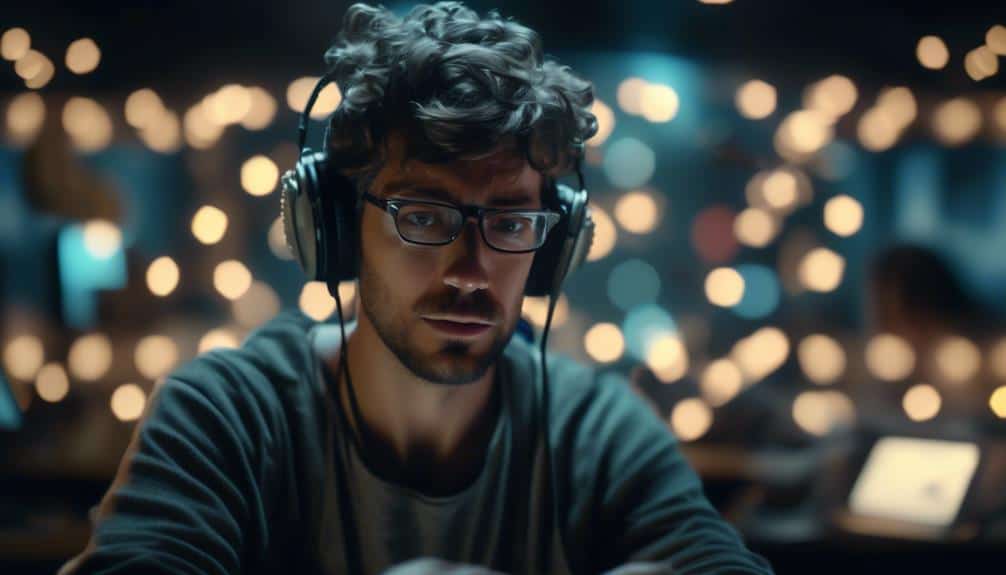
You must consider the legal boundaries in copyright enforcement, as they define the scope of protection for creators.
Understanding the technology available for protection is crucial in combating infringement effectively.
These challenges necessitate a strategic approach to enforcement to safeguard intellectual property rights.
Legal Boundaries in Enforcement
Navigating the complexities of copyright enforcement presents various legal boundaries that challenge both creators and AI tools in identifying and addressing infringement issues effectively.
- AI Ethics:
- AI tools must adhere to ethical guidelines when determining copyright infringement to avoid misidentifying lawful use as violations.
- Enforcement Boundaries:
- Balancing the need for robust enforcement with the protection of fair use rights requires a nuanced approach.
- Legal Compliance:
- Ensuring that AI tools comply with regional and international copyright laws is essential to avoid legal repercussions for erroneous enforcement actions.
Technology for Protection
How can technology address the challenges encountered in enforcing copyright protection effectively?
AI advancements play a crucial role in enhancing copyright protection. Through AI tools, copyright holders can efficiently monitor digital content for potential infringement. These technologies utilize algorithms to scan vast amounts of data quickly and accurately, identifying unauthorized use of copyrighted material.
By automating the detection process, AI helps copyright owners enforce their rights more effectively and promptly. Additionally, AI advancements enable the tracking of copyright violations across various online platforms, providing a comprehensive approach to protecting intellectual property.
Embracing these technological solutions can significantly strengthen copyright enforcement measures, deterring potential infringers and safeguarding creators' rights in the digital landscape.
Benefits of AI in Copyright Protection
Utilizing AI technologies enhances the efficiency and accuracy of copyright protection mechanisms, mitigating infringement risks and safeguarding intellectual property rights. AI algorithms and machine learning play pivotal roles in enhancing copyright protection measures. Here's why AI is beneficial in copyright protection:
- Automated Infringement Detection:
- AI algorithms can swiftly scan vast amounts of digital content to detect potential copyright infringements.
- Machine learning enables AI systems to continuously improve their detection capabilities by learning from new data patterns.
- This automated detection process significantly reduces the time and effort required to identify unauthorized use of copyrighted material.
Emerging Trends in Copyright Law
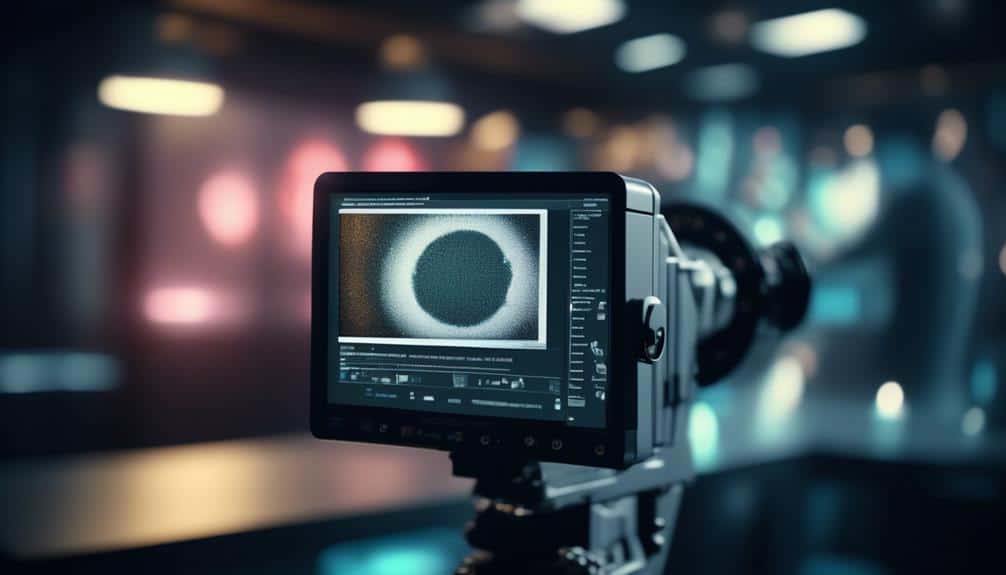
As you consider emerging trends in copyright law, it's essential to analyze the role of AI in copyright enforcement. The evolving interpretations of fair use guidelines and the advancements in digital content protection are also crucial aspects to explore. These key points highlight the intersection of technology and legal frameworks, shaping the landscape of copyright protection in the digital age.
Understanding these trends is crucial for stakeholders navigating the complex terrain of intellectual property rights.
AI in Copyright Enforcement
AI technology is revolutionizing copyright enforcement practices, reshaping the landscape of modern copyright law. With the advancement of AI algorithms, copyright compliance is becoming more efficient and effective.
Consider the following key points:
- Automated Detection: AI algorithms can scan vast amounts of online content to identify potential copyright infringement swiftly.
- Content Recognition: AI tools enable the comparison of digital content, making it easier to spot unauthorized use or duplication.
- Infringement Monitoring: AI systems can continuously monitor digital platforms for any signs of copyright violation, ensuring prompt action.
These developments highlight the increasing role of AI in enhancing copyright enforcement mechanisms and protecting intellectual property rights.
Fair Use Guidelines
The evolution of copyright enforcement mechanisms through AI technologies has paved the way for a deeper examination of emerging trends in copyright law, particularly focusing on Fair Use Guidelines. Fair use analysis plays a crucial role in determining whether a specific use of copyrighted material falls within the scope of permissible exceptions.
Courts evaluate factors such as the purpose and character of the use, the nature of the copyrighted work, the amount and substantiality of the portion used, and the effect on the market. Understanding these principles is essential for creators, educators, and businesses to navigate the complex landscape of copyright exceptions.
Digital Content Protection
In the realm of copyright law, safeguarding digital content through evolving protection strategies has become a paramount focus for stakeholders and legal experts alike. Ensuring copyright compliance and enhancing content security are crucial aspects in the current landscape of digital content protection.
Here are key trends in this domain:
- Blockchain Technology: Implementing blockchain for copyright management offers secure and transparent tracking of digital content.
- Watermarking Solutions: Utilizing advanced watermarking techniques aids in tracking and protecting digital assets effectively.
- Digital Rights Management (DRM): Employing DRM systems helps control access to digital content and prevent unauthorized distribution.
These strategies play a pivotal role in enhancing digital content protection in today's copyright landscape.
Ethical Considerations in AI Detection
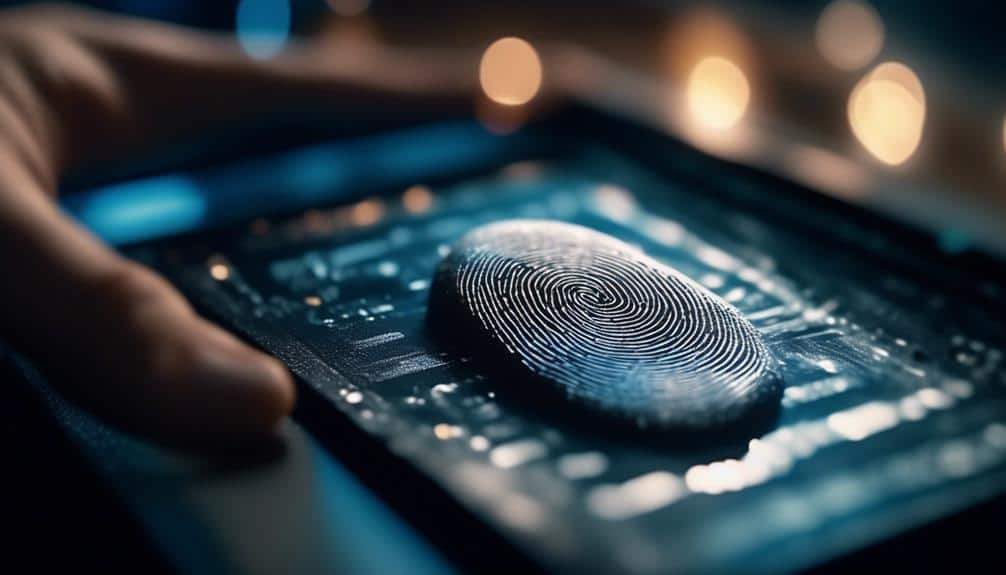
Considering the ethical implications of utilizing detection tools powered by artificial intelligence is paramount in addressing copyright infringement. AI ethics play a crucial role in ensuring that the use of AI tools for copyright infringement detection is conducted responsibly and fairly. One key ethical consideration is the potential for bias in AI algorithms, which could lead to incorrect identification of infringement or disproportionate targeting of certain individuals or groups. Transparency in the development and deployment of these AI tools is essential to maintain accountability and trust in the copyright enforcement process.
| Ethical Considerations | Description |
|---|---|
| Bias in AI algorithms | Potential for AI algorithms to exhibit bias leading to inaccurate results |
| Transparency | Importance of transparent development and use of AI tools for detection |
| Accountability | Ensuring accountability for decisions made by AI tools in infringement detection |
| Fairness | Upholding principles of fairness and equity in the enforcement of copyright |
| Privacy concerns | Addressing privacy implications of using AI tools to detect copyright infringement |
Frequently Asked Questions
How Do AI Tools Impact the Role of Human Copyright Enforcement Agents?
You navigate the evolving landscape of copyright enforcement where AI collaboration streamlines processes. However, human oversight remains crucial to interpret nuances and make complex decisions. Balancing AI efficiency with human judgment is key.
Can AI Accurately Detect Copyright Infringement Across Different Mediums, Such as Music, Images, and Text?
AI accuracy is crucial when detecting infringement across various mediums like music, images, and text. By leveraging advanced algorithms, AI tools can efficiently identify copyright violations, aiding in the protection of intellectual property rights.
What Are the Potential Legal Consequences for Individuals or Businesses Found Guilty of Copyright Infringement by AI Tools?
Legal implications of AI consequences for copyright infringement are severe. If identified by AI tools, individuals or businesses may face lawsuits, fines, and damages. Respect intellectual property rights to avoid costly legal battles.
How Can Businesses Effectively Prevent Copyright Violations Using AI Technology?
To effectively prevent copyright violations, businesses must deploy AI algorithms for infringement prevention. This technology scans content, identifies potential breaches, and protects intellectual property rights. Incorporating AI tools enhances efficiency and accuracy in copyright protection measures.
What Ethical Considerations Should Be Taken Into Account When Using AI Tools for Copyright Detection and Enforcement?
When using AI tools for copyright detection, ethical implications must be carefully considered. Accountability measures should be implemented to ensure fairness and transparency. Balancing efficiency with ethical standards is crucial in upholding copyright laws.
Conclusion
In conclusion, the use of AI tools for detecting and preventing copyright infringement has become crucial in today's digital age.
While there are legal implications and challenges in enforcement, the benefits of AI in copyright protection can't be ignored.
As emerging trends in copyright law continue to evolve, it's important to consider the ethical implications of using AI for content protection.
Ultimately, AI offers a powerful solution to address the complexities of copyright infringement in the digital landscape.



